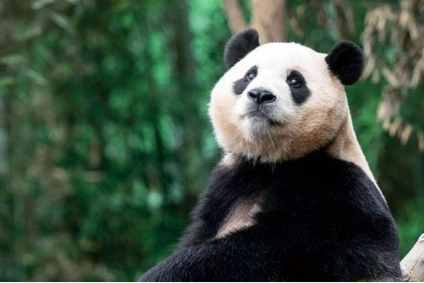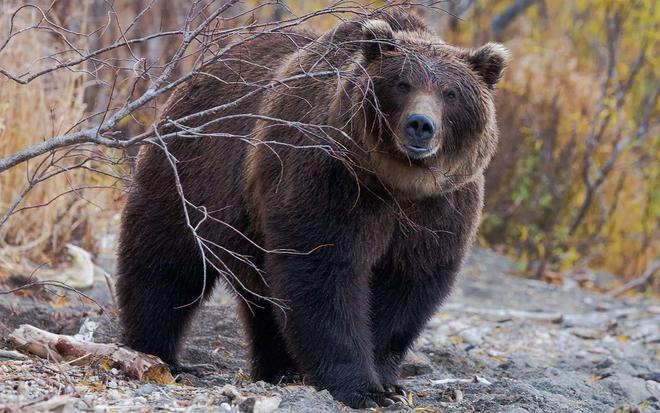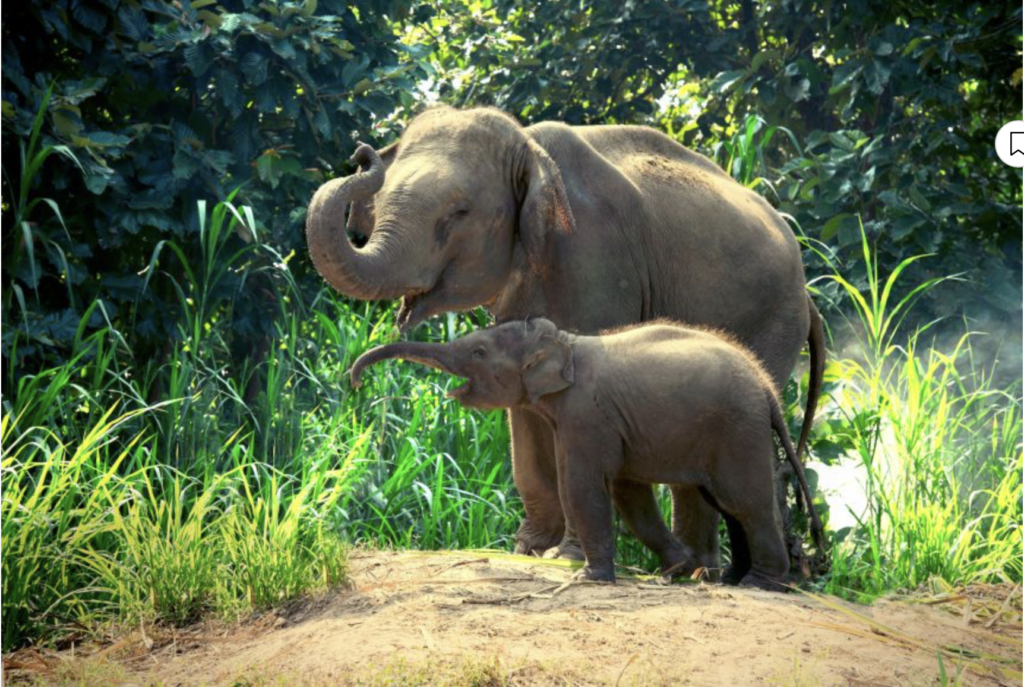Amazing Opportunities
Empower Wildlife
Protection Programs



My site will discuss the chances of terrestrial wildlife surviving and being killed on a daily basis, and will talk about what can be done to minimize the deaths of terrestrial animals.
Wildlife Protection Law of the People’s Republic of China
- 1: The Wildlife Protection Law of the People’s Republic of China is aimed at protecting and rescuing precious and endangered wildlife, conserving, developing and rationally utilizing wildlife resources, and maintaining the ecological balance:1:Any organization or individual has the obligation to protect wild animals and their habitats. It is prohibited to hunt, transport and trade wild animals in violation of the law, and to destroy wild animal habitats.
- 2: Members of the public should enhance their awareness of protecting wildlife and maintaining public health and safety, prevent the spread of infectious diseases of wildlife origin, and adopt a civilized and healthy lifestyle.
- 3: The state implements key protection for precious and endangered wild animals, which are categorized into wild animals under first-class protection and wild animals under second-class protection. The list of wildlife under key state protection and its adjustment shall be formulated by the administrative department for wildlife under the State Council and submitted to the State Council for approval and publication.
- 4: The State implements the policy of strengthening resource protection, actively domesticating and breeding, and rationally exploiting and utilizing wildlife resources, and encourages the conduct of scientific research on wildlife. Units and individuals with outstanding achievements in wildlife resource protection, scientific research and domestication and breeding shall be rewarded by the government.
- 5: Governments at all levels shall strengthen the management of wildlife resources and formulate corresponding plans and measures. The administrative departments of forestry and fisheries under the State Council are in charge of the management of terrestrial and aquatic wildlife nationwide, respectively.
6.(The above is the Chinese law, because there are many differences in the foreign ones, so I only take the Chinese one.This is only a law about killing wild animals and does not include meat that is associated with captive breeding and eaten in normal life, but that aspect needs to be said as well.)
·Protection of endangered species
The population has grown exponentially over the past 200 years, surpassing 8 billion as of November 2022, and continues to grow rapidly. This means that billions of people on the planet are consuming natural resources faster than ever before. This growth and development also jeopardizes the habitat and existence of various types of wildlife around the world, especially animals and plants that may be displaced by land development or used for food or other human purposes. Other threats to wildlife include the introduction of invasive species from other parts of the world, climate change, pollution, hunting, fishing and poaching.
by:national geographic

·Ask An Amazon Expert: What It Will Take to Stop Wildlife Trafficking
Illegal wildlife trade—the trafficking of wild plants, animals, and the products derived from them—is a multibillion-dollar global industry. The World Wildlife Fund even ranks it as the second-biggest contributor to species loss (after habitat destruction).
However, because it is an illegal activity, it is difficult to estimate the scale of wildlife trafficking. The only estimate we have suggests that in Brazil alone, all the different types of wildlife trafficking combined withdraw 38 million animals per year, not including fish or invertebrates. But this is a conservative estimate. The consumer market for wildlife products and live animals is huge and growing globally.
When we consistently take from nature, we upset the very delicate biological balance. This affects the environment and our daily lives in ways most people don’t think about.
by:national geographic
·POACHING
Poaching is the illegal trafficking and killing of wildlife. Sometimes animal or plant parts are sold as trophies or “folk medicines” and sometimes they are sold as pets or houseplants. With more tigers kept captive than living wild, the scope of poaching can not be overstated. Maintaining Earth’s biodiversity is critical as we rely on it for ecosystem services, which makes life possible. To have any hope of achieving this, poaching must be stopped.